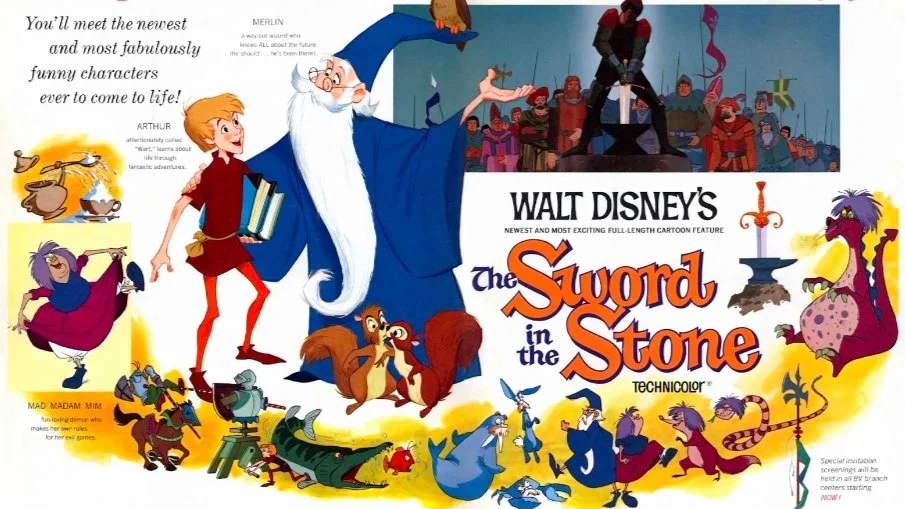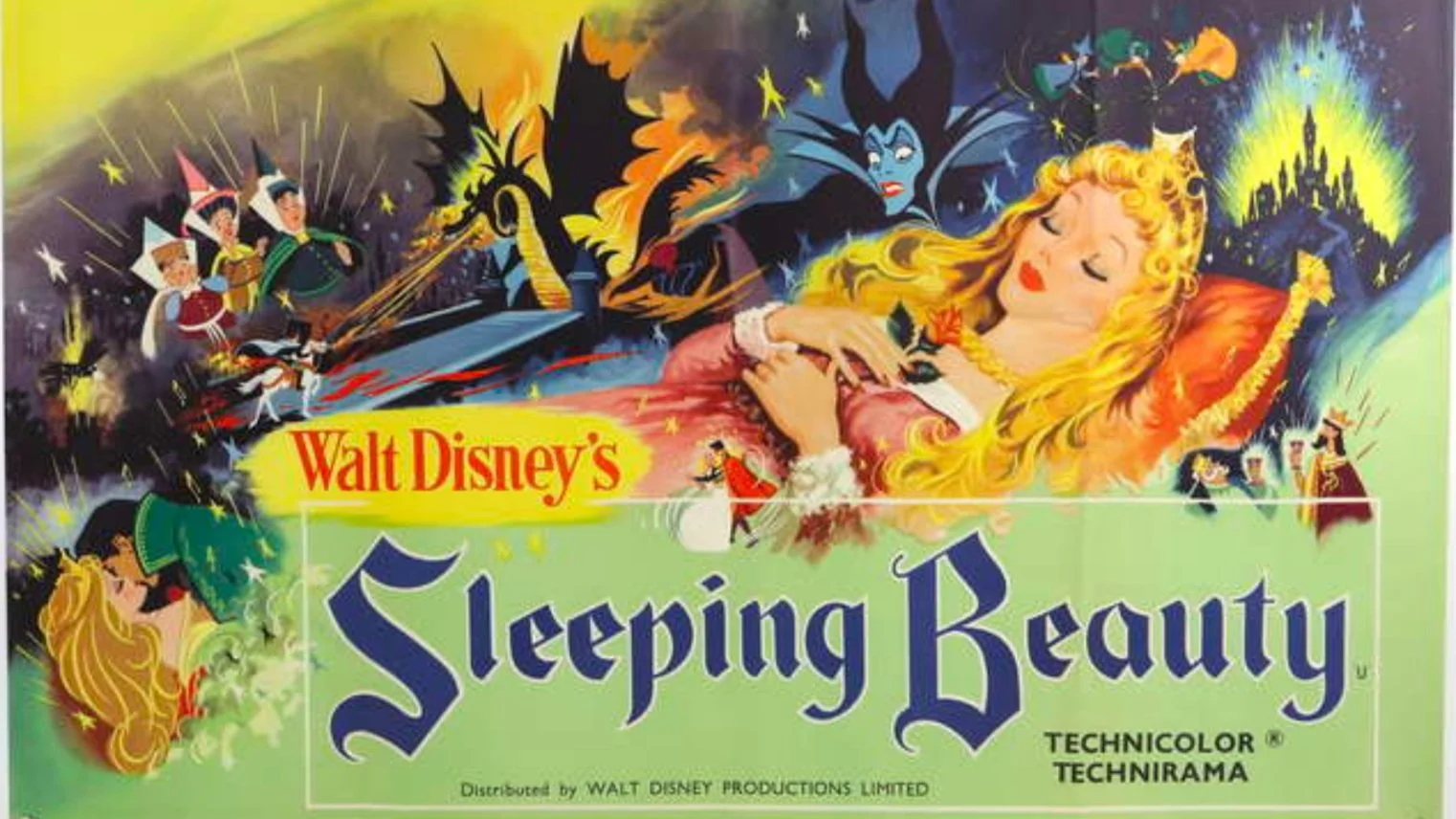Beyond the Final Girl: Rape, Reverence and Revenge
The rape-and-revenge narrative structure exists amongst a variety of genres; whether it’s ‘70s slasher staples remade for a modern horror audience (I Spit on Your Grave, The Last House on the Left), popular high-action thrillers (The Girl With the Dragon Tattoo), or controversial New French Extremity entries prompting mass-walkouts and censorship (Irréversible, Baise-moi). Though the framing and explicitness of the assault scenes varies from film to film, the female body in pain has always been an uncomfortably common narrative device on screen. In Coralie Fargeat’s debut feature, Revenge, the rape-revenge story is flipped to focus on the female perspective, straying from the typical gratuitous nature of the subgenre by lingering on every other element of the film but the assault. In direct contrast to the many rape-revenge films which give just as much, if not more, screen time to the degrading and violent assault of the woman as it does her bloody revenge on her attackers—most notably in 2010’s iteration of I Spit on Your Grave—Revenge focuses its gaze on its lead character Jen’s characterization and resilience rather than her victimhood.
Fargeat’s film doesn’t shy away from overt symbolism and iconography, a fact that’s glaringly obvious from the first time we see protagonist Jen (Matilda Lutz) on screen. Dressed in a mini-skirt, crop-top and sunglasses, Jen sucks on a lollipop as she steps down from a helicopter and takes in the house where she and her married boyfriend Richard (Kevin Janssens) have come for a weekend away. A close-up of this seemingly seductive act is reminiscent of the poster for Stanley Kubrick’s 1962 adaptation of Lolita, suggesting an innocence and naivety to Jen. As we see more of her around the house and with Richard, the camera flits between quick-cut close-ups and lingering shots of her long, tanned limbs; we then see her pleasuring Richard before we’ve even heard her speak. Fargeat teases us with a supposedly two-dimensional female character, so far defined solely by her sexuality and her capacity to be desired. As Mary Beth McAndrews notes, the director “begins with a predatory male gaze to set expectations of how the female body should be viewed and then subverts that expectation as Jen’s body undergoes a violent transformation”: having already seen objectifying shots of Jen’s body, we might expect that the rape we know is coming to be framed in a similar way, depicting sexual assault with gratuitous and offensive cinematography. However, we then see an image of Richard fully nude as he showers, already subverting our preconceived notions of horror films (and especially rape-revenge films) in which the women are nude or nearly-nude, and the men almost always fully clothed.
Like the widely banned and controversial 1978 ‘video nasty’ it was based on, 2010’s I Spit on Your Grave details the gang rape and brutal assault of protagonist Jennifer (Sarah Butler) for around half an hour, though it feels like much more. Similarly to Revenge, Jennifer is punished for an innocent act of affection when she kisses a plumber on the cheek to thank him for his service—when his violent friends find out, they decide that Jennifer needs to be “taught a lesson”. Revenge’s Jen is, the night before the assault, fully aware of and in charge of her sexuality and the hold it has over the men around her. After Richard’s ‘associates’, Stan (Vincent Colombe) and Dimitri (Guillaume Bouchède) arrive at the house and make no secret of their obvious attraction to Jen; the three men and her spend an evening drinking as she openly flirts with them, dancing for their enjoyment. In an era where discussions about rape culture and women’s sexuality are becoming more dominant, Fargeat seems to be directly confronting her audience with their possible preconceived ideas about rape victims ‘asking for it’, or how we may react to a victim of sexual assault who, rather than being stripped of any sexual agency, is aware of her sexuality and the ways in which she can use it. However, when Jen wakes up the next day to find that Richard has left, but Stan and Dimitri remain, the shiny apple she left on the counter the day before begins to rot, an ant crawling across it. As the apple transforms from something appealing into something sinister, Jen begins to feel unsafe around Stan and his leering looks at her, with her boyfriend, and the only one of the three men she so far fully trusts, not there to make her feel comfortable. This behavior—this far cry from the provocative, sexy persona she inhabited the night before—is unacceptable to Stan, and he rapes her.
The scene of the assault differs so drastically from similar scenes in the vast majority of rape-revenge films because it refuses to linger on the event. In a film full of long, sparse sequences set in the emptiness of the desert, this scene is one of the shortest. In comparison to both versions of I Spit on Your Grave and Gaspar Noé’s infamous Irréversible, where the camera focuses on the victim’s unbearable pain and humiliation for such an uncomfortably long time that most viewers will need to avert their eyes, Revenge refrains from depicting close-ups of Jen’s distraught face; or worse, exploitative shots of her body as she is assaulted. Facing controversy after the 1978 version of I Spit on Your Grave was released, director Meir Zarchi explained that he felt compelled to make the film after witnessing first-hand the shocking treatment a rape victim was given by the police when he found her near a park and took her to the station. Zarchi’s defense seems to be that in order to confront viewers with the horror of sexual assault, they need to see it for themselves. But in the framing of Revenge’s rape scene in a matter-of-fact, decidedly non-gratuitous way, the audience’s desired response of disgust and contempt for Stan is still very much present. During the assault, Dimitri walks into the room, quickly understanding what he’s witnessing. While Jen stares, pleadingly at him, the camera forces us to watch his mouth in an extreme close-up as he eats, before he leaves the room and turns the TV up loud enough to drown out the sound of Jen’s screams. Dimitri’s lack of intervention harks back to the man who can briefly be seen in the background of Irréversible’s harrowing ten-minute rape scene; a man who seemingly considers helping Monica Belluci’s Alex, before walking away instead. The choice to show Alex’s assault in a static shot for such a long amount of time has been heralded by some as a way to confront viewers with their own complicity, and with the violent (and frequent) reality of the act. But unlike Noé—who relishes in the controversy his films garner and expressed disappointment that more people didn’t walk out of a screening of his most recent films—Fargeat decides to make a similar comment without forcing her viewers to sit through upsetting scenes of extreme violence.
Instead, Fargeat gives us an insight into the aftermath of sexual assault, not only by focusing most of the film’s run time on the ways in which Jen exacts revenge on the three men, but through a disturbing montage sequence in which Jen’s fears and anxieties are brought to the forefront. Nightmarish images of the men hurting her in terrifying ways flash before our eyes just as they haunt her, allowing us to further understand and identify with her pain and fear. This is built on every time the camera shifts to a point-of-view shot, or uses sound to align us with our protagonist; when Stan shoots her earlobe during a chase between the two later on, the piercing sound reflects exactly what Jen herself would be hearing. When she and Richard finally face each other in the film’s climax, blood pours down the camera lens as she faces him, literally putting us into Jen’s place and allowing us to fully immerse ourselves in her trauma. Fargeat’s decision to spend such little time on the scene of Jen’s rape, the catalyst for every following event of the film, proves that identifying with and rooting for a figure of bloody revenge is possible without the exploitative depiction of the events that spurred her vengeance. While the majority of the most well-known rape-revenge films are directed by men, Revenge sparks an interesting conversation about what a film like this can look like with a female director at the helm. When Stan relentlessly questions Jen’s behaviour from the night before, we feel her discomfort with a particular sense of recognition. Fargeat doesn’t need to show us long, lingering shots of sexual violence; for the female viewer, at least, the insidious nature of sexual assault is obvious enough to us without needing to see it played out in real time.
In many rape-revenge films, the catharsis we get from watching the protagonist stalking and torturing her attackers partly comes from the fact that we, like those around her in the film, have likely underestimated her strength. The victim in a rape-revenge film, just like the majority of Final Girls in horror, has been through unimaginable pain but continues to fight against it. In Revenge, after the assault, Jen is: pushed off a cliff; impaled on a tree; shot in the ear; almost drowned; beaten; strangled; and forced to perform her own cauterisation on her grim stomach wound. While the imaginative ways that Jen, Richard and Stan manage to repeatedly dodge death (or nasty infections) do require the audience to suspend their disbelief a little, Jen’s attacks on the men are much more believable than, for example, Jennifer’s in 2010’s I Spit On Your Grave, which Roger Ebert described as “implausible, probably impossible, and offered and received as entertainment”. Rather than set up bizarre booby traps which ensure drawn-out deaths, Jen relentlessly pursues Richard and her attackers in the desert, with each man fighting back for as long as they can before being outsmarted by the undoubtedly more resourceful and forward-thinking Jen. After stabbing Dimitri in the eye—a nod to his earlier voyeurism and wilful complicity in her assault—she shoots Stan after a long gunfight, saving Richard’s retribution until last. Again we see Richard naked and in the shower, before being shot in the stomach, and eventually in the chest. Having Richard be the character crawling along the floor, naked, injured and completely covered in blood, is a direct contrast to the worn-out conformities of traditional horror; Jen is the one in control here, even when it seems like Richard gets the upper hand and begins to strangle her. Despite the fact that he, Stan and Dimitri have all put up a long fight of their own to avoid Jen’s revenge, Richard cruelly utters: “Women always have to put up a fucking fight”. And, as if proving his point, Jen jabs her hand into the stomach wound he has shoddily covered with clingfilm, before finally killing him and walking out of the house.
Various male auteurs—such as Michael Haneke and Gaspar Noé—have a penchant for ‘teasing’ and shocking their viewers by defying their preconceptions, but Fargeat plays with audience expectations with vibrant pastiche and symbolism, never cruelly subjecting them to overtly uncomfortable imagery. Through what McAndrews terms the “transformational gaze”, which “actively interrogates the viewer’s position and forces them to rethink how they are viewing the female body”, Fargeat deftly depicts the horror of sexual assault, as well as the strength of her central character. Pulling us into the world of Revenge through point-of-view cinematography and often unbearable tension, there is no question around who we’re encouraged to identify with; unlike the often questionable moralistic vision of films such as I Spit On Your Grave and the cult fanbases they obtain. As Anne Billson explains, “Fargeat abandons realism in favour of mythic fantasy, archetype and superhuman endurance”, but rather than create a disconnect with audience via the extreme bloodshed or lengthy chase scenes, the director manages to create “a rape-revenge movie that is actually fun to watch”. Fargeat treats her audience with respect and her protagonist with care, proving that to tackle the genre in a way that feels real, it’s possible to do gruesome without the gratuitousness.















